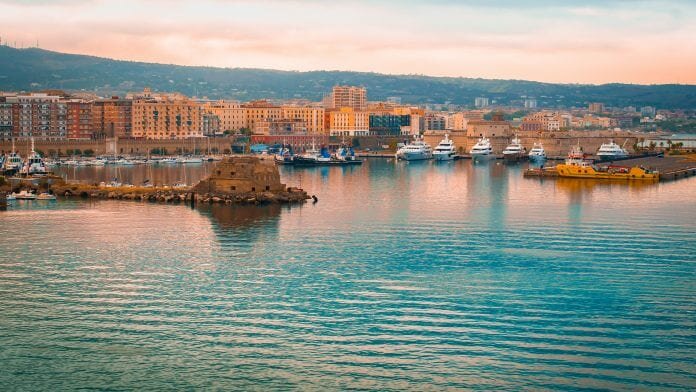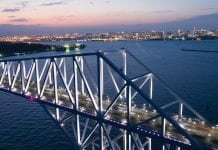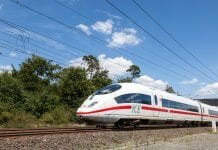
The EU will invest more than €117m in sustainable transport infrastructure through the Connecting Europe Facility funding mechanism.
The 39 sustainable transport infrastructure projects chosen to receive funding were selected through a competitive call for proposals, launched in January this year. They have been selected with a view to building ‘missing connections’ between regions throughout the EU without strong transport links, while supporting the growing drive to promote sustainability in the transport sector.
The successful projects building and maintaining sustainable transport infrastructure include:
- Eight projects across the EU providing solutions to reduce the levels of noise produced by rail freight transport by installing upgrades to the braking systems of rail wagons. Just under 75,000 wagons in total will receive the upgrades, which are expected to both reduce the overall energy consumption of freight trains and improve the living conditions of residents living near rail tracks;
- Infrastructure projects offering upgrades to existing rail connections, including the main line between Austria and the Hungarian border, as well as the cross-border line between Bremen in Germany and Groeningen in the Netherlands, both of which are set to be fully electrified; and
- A series of projects conducting sustainable transport infrastructure upgrades within the EU’s ports, promoting multimodal transport and initiatives aimed at reducing greenhouse gas emissions. A project in the port of Oulu, Finland will build new rail tracks and extend existing tracks, as well as constructing a quay to accommodate the needs of longer trains; while the last mile of rail track at the port of Civitavecchia, Italy will receive a full upgrade and construction of a connection with the Trans-European Transport Network (TEN-T).
EU Commissioner for Transport Violeta Bulc said: “We are delivering on our commitments to make transport more sustainable, safer and smarter. Today’s decision gives a further push to the transition to low-emission mobility across Europe – starting with our railways and our ports.”


















